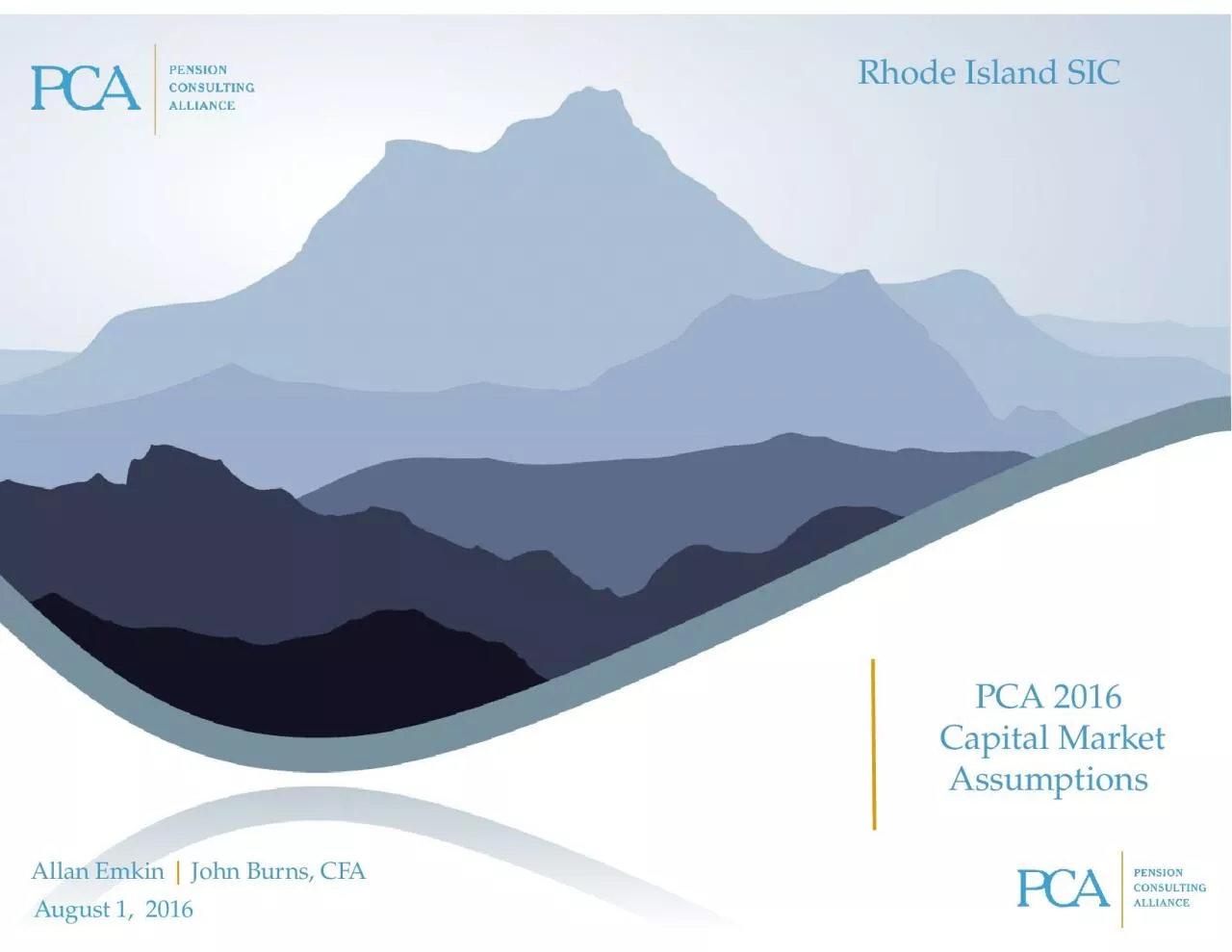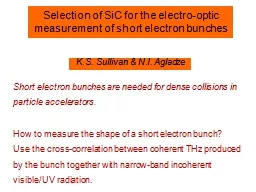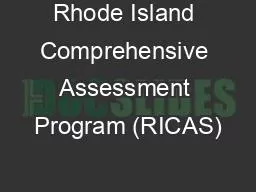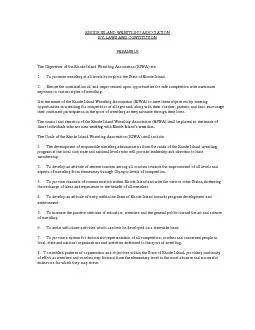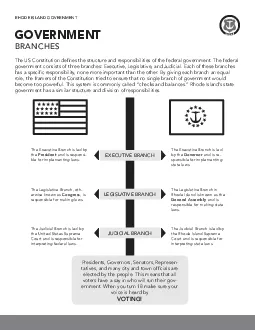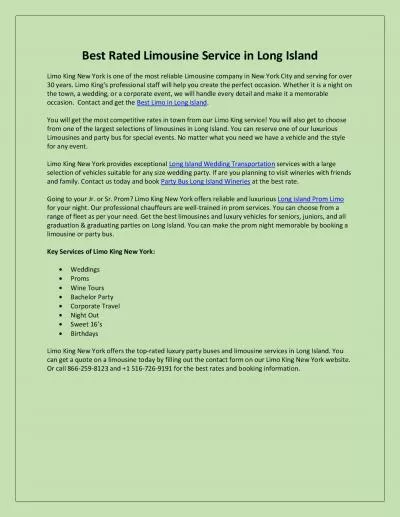PPT-Rhode Island SIC August 1,
Author : susan2 | Published Date : 2023-10-31
2016 Allan Emkin John Burns CFA PCA 2016 Capital Market Assumptions Todays discussion Capital market assumptions Background Developing Capital market returns
Presentation Embed Code
Download Presentation
Download Presentation The PPT/PDF document "Rhode Island SIC August 1," is the property of its rightful owner. Permission is granted to download and print the materials on this website for personal, non-commercial use only, and to display it on your personal computer provided you do not modify the materials and that you retain all copyright notices contained in the materials. By downloading content from our website, you accept the terms of this agreement.
Rhode Island SIC August 1,: Transcript
Download Rules Of Document
"Rhode Island SIC August 1,"The content belongs to its owner. You may download and print it for personal use, without modification, and keep all copyright notices. By downloading, you agree to these terms.
Related Documents

